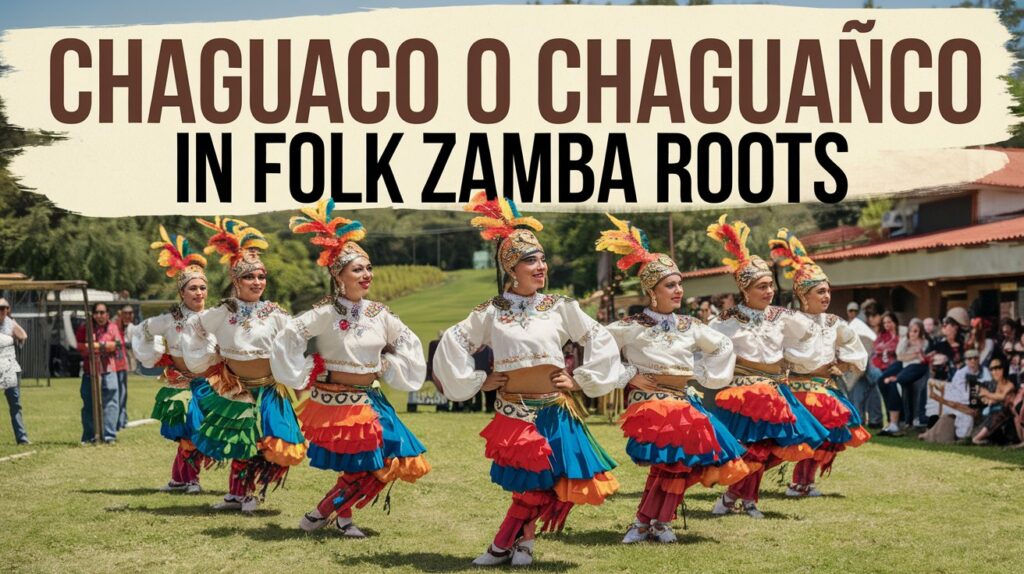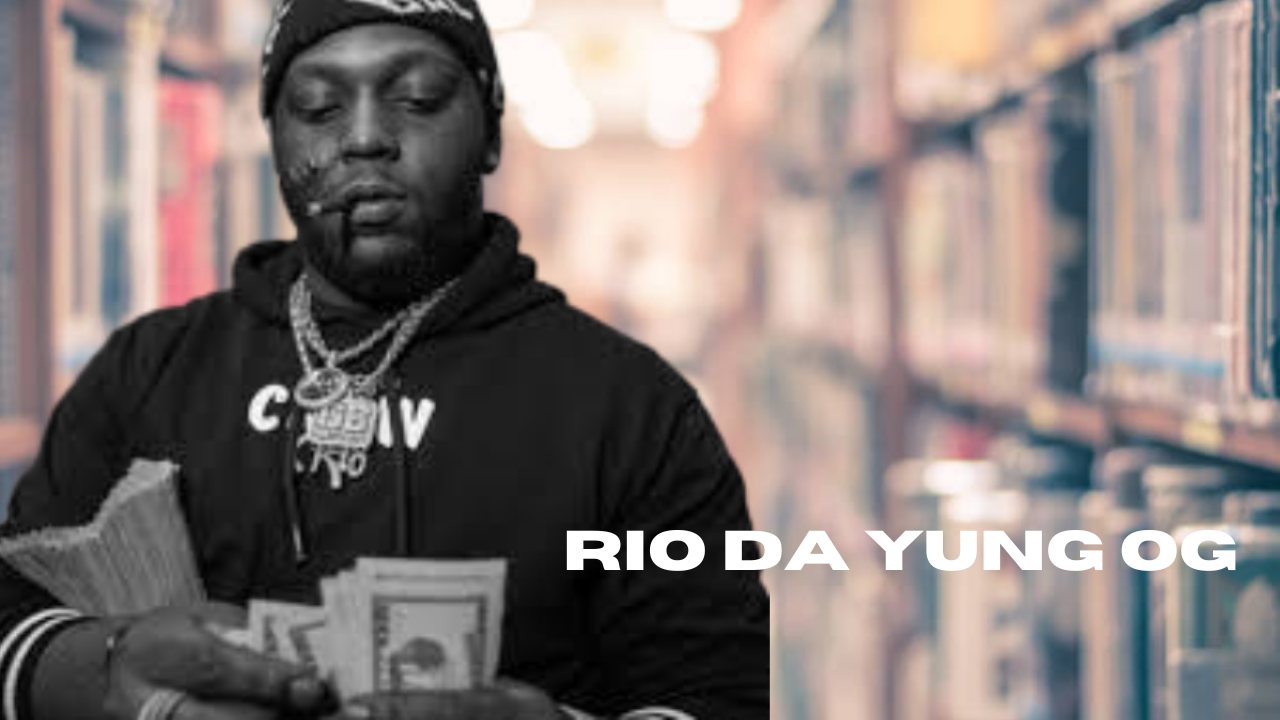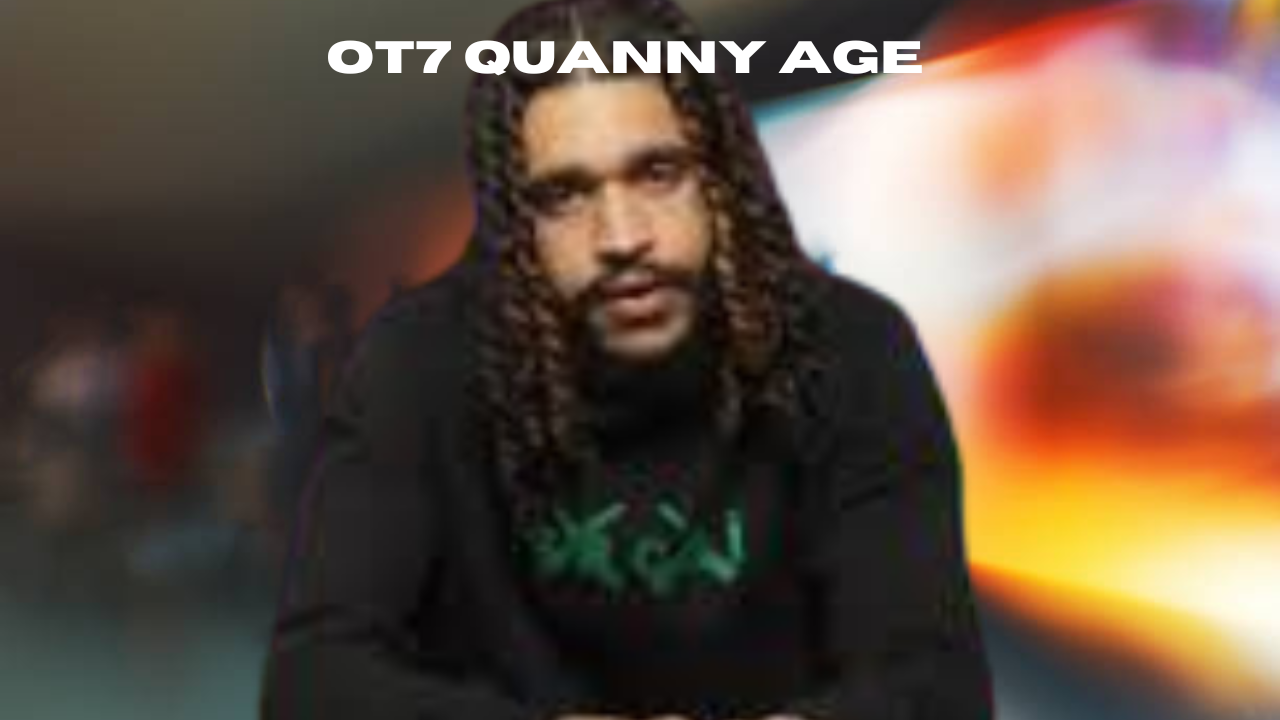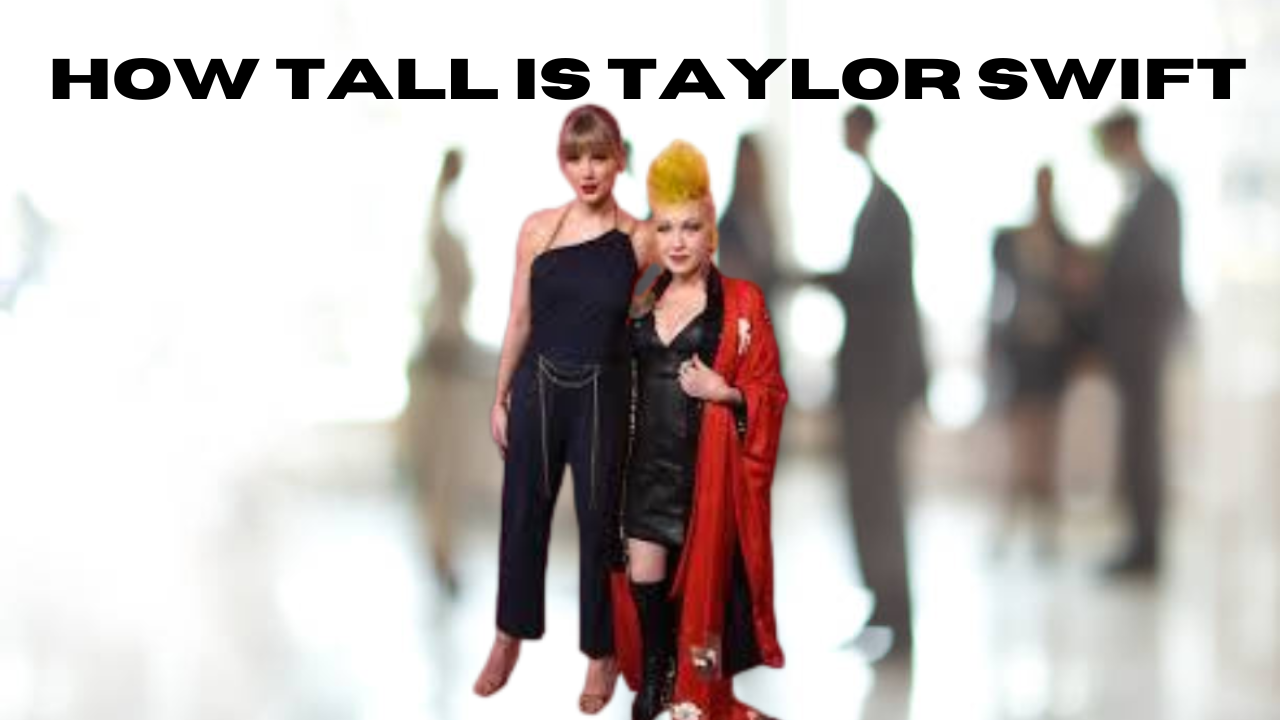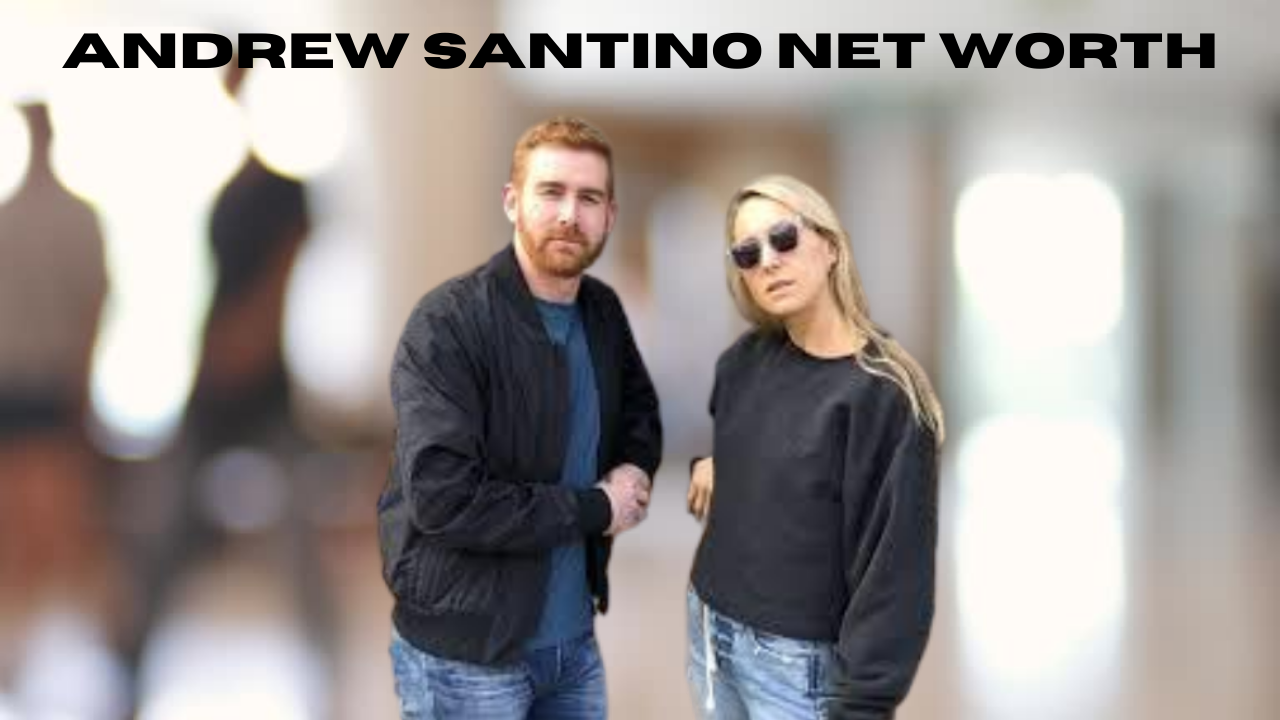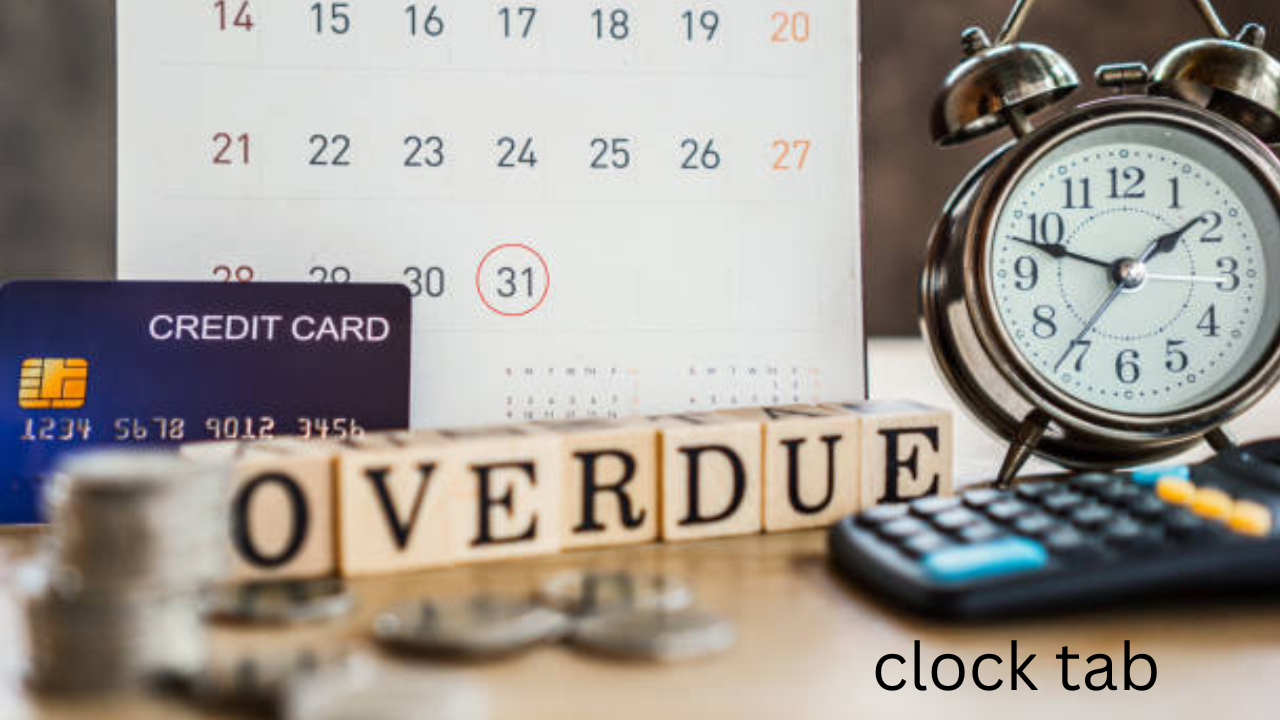I found only a couple of glimpses online:
- A YouTube video titled “Zamba del Chahuanco”—very similar in spelling—performed by Willy Bascuñán, released around 2024.
- A mention of “Zamba del chaguanco” performed by Mercedes Sosa and Luis Amaya, dated 1967.
That’s it. No firm definitions, no dictionary entries, nothing else that clearly explains what chaguaco o chaguanco means.
What readers will want to know
Let’s give them the valuable, practical info in a clear, human style:
1. What is chaguaco o chaguanco likely referring to?
- It may be a traditional Argentine–Chilean folk term connected to zamba music. Multiple references point to “Zamba del chaguanco.”
Question you may ask: Could it be the name of a dance, a place, or a folkloric figure?
Answer: Probably a folkloric figure or theme—traditional zambas often center on local characters, legends, or symbolic expressions.
2. Why the spelling variation?
- Spanish dialects or oral tradition often shift syllables—“chaguanco,” “chaguaco,” or even “chahuanco.”
Question you may ask: Are they different things or the same root with variation?
Answer: Most likely the same word, with regional pronunciation or transcription differences—same tradition, slightly different spelling.
3. Where did it appear?
- In songs like “Zamba del chaguanco” (Mercedes Sosa & Luis Amaya, 1967) and “Zamba del Chahuanco” by Willy Bascuñán.
Question you may ask: Does that mean it’s only in songs?
Answer: Possibly. It could be a character or theme preserved through music, not necessarily documented in reference works.
4. How to use chaguaco o chaguanco in writing or conversation?
- Use it bolded so it stands out.
- Contextualize: “chaguaco o chaguanco appears in traditional zamba songs like ‘Zamba del chaguanco,’ a theme from the 1960s.”
Question you may ask: Is there a cultural or emotional tone tied to it?
Answer: Yes—folk zambas typically evoke longing, identity, local color. Expect that vibe.
5. How to research further?
- Look into Argentine and Chilean folk music archives, zamba anthologies, or liner notes from Mercedes Sosa.
Question you may ask: Are there specific resources?
Answer: Try national cultural institutions like Argentina’s Archivo Nacional de la Memoria, or music libraries with Sosa’s discography—she’s a voice of Latin American heritage linking to this term.
Sometimes, unique terms like chaguaco o chaguanco are as intriguing as mysterious addresses people search for—such as Who Uses PO Box 7472 Bilston? Here’s What You Need to Know—both sparking curiosity and deeper digging.
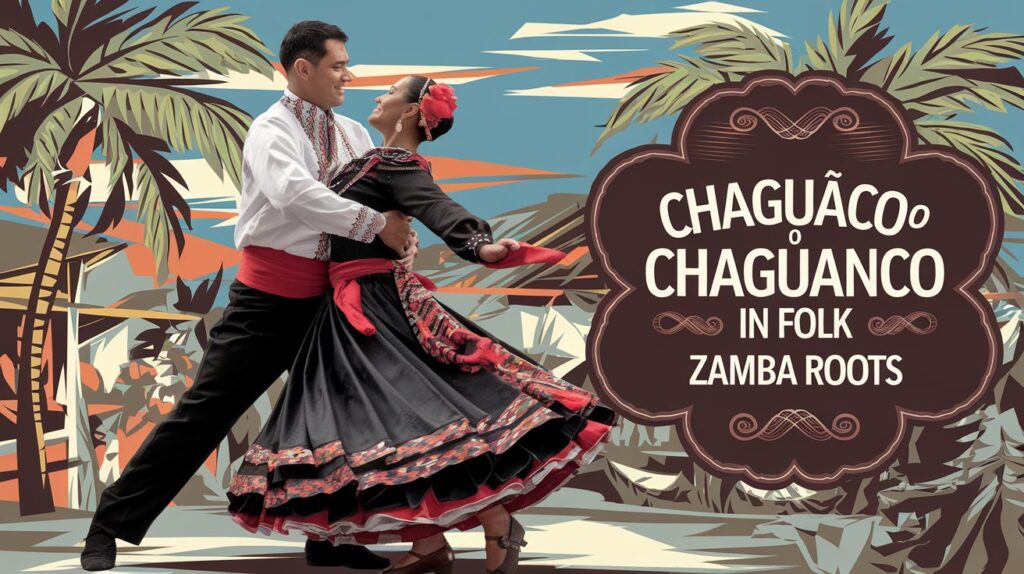
Why this matters
- Ambiguity is real—if your readers come across chaguaco o chaguanco, they’ll want context, not uncertainty.
- You give them clarity: It’s not random—it’s musical, folkloric, regional.
- You point to how to dig deeper—archives, musicians, regional scent.
And just like classic folk traditions keep their charm alive, certain products—like the timeless Ruby Studden Boots WE101 — Fit, Care, and Buy Guide—have their own heritage and care rituals worth knowing.
Example snippet (natural-tone sample)
“You might wonder what chaguaco o chaguanco really is. It shows up in old zamba songs—like ‘Zamba del chaguanco’ sung by Mercedes Sosa in the 60s, and ‘Zamba del Chahuanco’ by Willy Bascuñán recently. That hints it’s not random—sounds like a folkloric character or local theme kept alive through music. Spelling shifts happen—maybe the same root word, just changing with time and regions. If you want the full story, dig into folk-music archives or liner notes. That’s where the real cultural layers wait.”
Summary of key points:
- chaguaco o chaguanco appears in traditional zamba song titles.
- Performers include Mercedes Sosa (1967) and Willy Bascuñán (~2024).
- Likely a folkloric theme or character — regional, musical context.
- Spelling varies—probably same root, differing by pronunciation.
- For real insight, check Latin American folk-music archives or detailed discographies.
